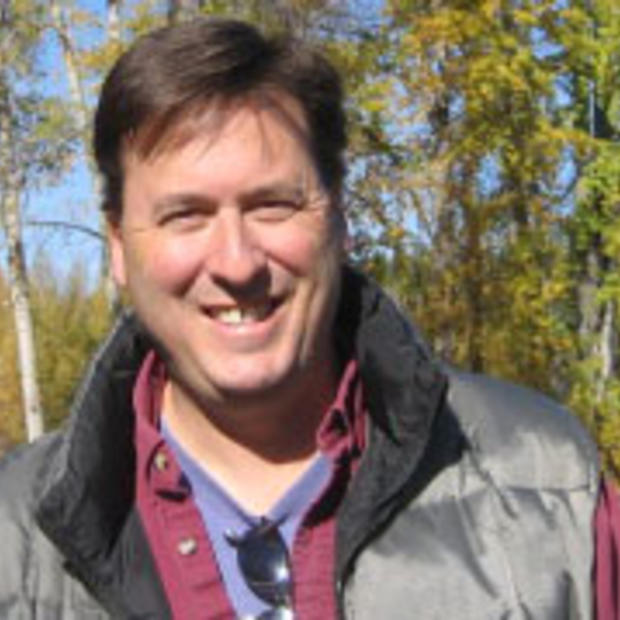(Editor's note: Jordan Royer is an endorser of the pro-tunnel campaign and made a contribution at an event. His pro-tunnel position is well known to regular readers of Crosscut, and The Seattle Times for that matter, but the editor handling the story wasn't aware of the campaign-related activity and failed to ask. Protect Seattle Now leaders have taken issue with this story; the statement from Esther Handy is in the comments.)
If, as they say, politics makes strange bedfellows, then no stranger couple exists in Seattle than the two organizations who oppose replacing the Alaskan Way Viaduct with a deep bore tunnel and a surface boulevard.
The tunnel opponents are not united in a solution. Rather, they acknowledge they are united in tunnel opposition only, while keeping their powder dry for the real fight that comes later if and when the tunnel is scrapped. The Sierra Club faction, led by Seattle Mayor Mike McGinn, wants a four-lane waterfront street, transit, and improvements to Interstate 5 to replace the Viaduct. The other faction, led by Magnolia activist and one-time candidate for mayor, Elizabeth Campbell, wants to build a new elevated structure.
While they know they may have to fight each other tooth and nail tomorrow, today they are warmly in bed together to stop the tunnel with a vote against city Referendum 1 on the August primary ballot.
Partly because the engineering aspects and the merits of various viaduct replacement schemes have been so thoroughly debated over the past 10 years, I have grown more interested in the politics and campaign strategies that may say a lot about how our city makes or does not make decisions about how we choose to grow in the future.
When Protect Seattle Now campaign manager Esther Handy and People’s Waterfront Coalition leader Cary Moon visited a pizza lunch with Crosscut writers the other day, I asked about these issues directly. In particular, I wanted to know what would happen the “day after tomorrow” if the tunnel project was defeated and the contractors left town.
Moon said there would be support in Olympia for a surface/transit/I-5 option and there would need to be a new process developed. When pressed for names of supporters in Olympia or even any local elected officials, save for McGinn and Seattle City Councilmember Mike O’Brien, she didn't offer any names. She did say that people aren’t speaking their minds now because they feel “intimidated” by the status quo leaders in business and labor. After the defeat, people would feel much freer to speak their minds.
Then she was asked about the part of her coalition that supports a new elevated structure. Won’t they fight to have their option funded in Olympia? Moon described this group as mostly older, and even though they may complain a lot, they don’t have much political power. She finished them off by saying they want to “go back to the seventies.” One has to wonder what the “new elevateds” — "The Brady Bunch"? — are saying about McGinn, Moon, and the Sierra Club.
So will the fragile anti-tunnel coalition be able to work together, given some apparently frosty cross-generational realities? Will the coalition strategy of simply fanning the flames against tolling and fear of the unknown produce a reverberating no on Referendum 1 in August, sending a signal to Olympia to change course? And what happens then? Will "That 70's Show" — Let’s Rebuild the Viaduct — make a retro-appearance, like the Mariners’ old uniforms? Or will the leaders of the Legislature’s transportation committees decide that we should rethink the whole process and start the planning all over again?
Beyond the saying about strange bedfellows, another old political saw may have meaning for this odd couple fighting the tunnel: “The lion may lie down with the lamb, but the lamb won’t get much sleep.”

